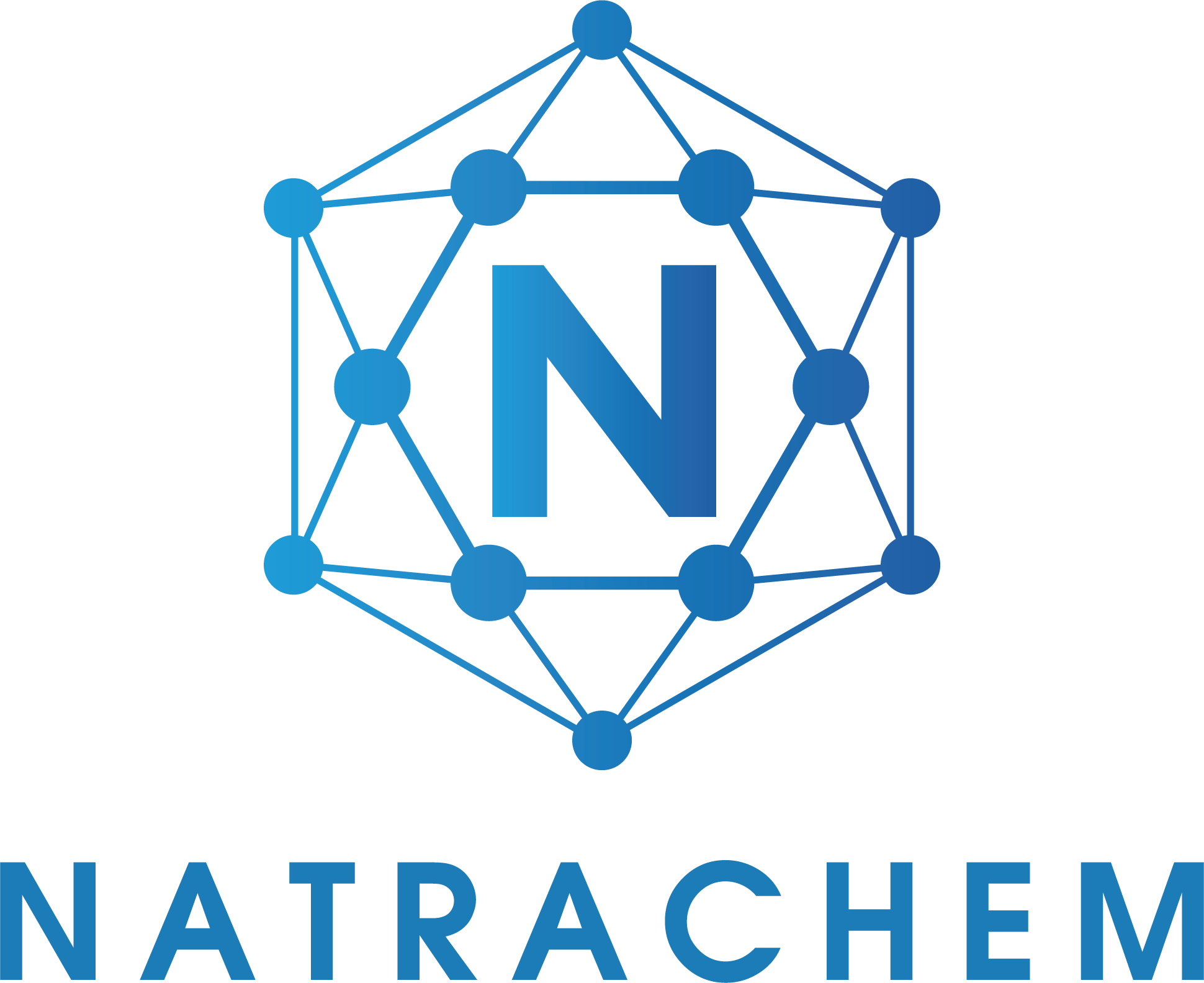In today’s construction industry, the use of cold concrete offers many important advantages. It reduces the amount of materials used, increases durability, elasticity, controls surface temperature, and simplifies the curing process. However, cooling concrete often requires a lot of time and effort.
Concrete cooling is an important process in construction and Nitrogen gas can be used to cool concrete more rapidly, improving product quality and performance in these applications.
Why is it necessary to cool concrete?
The Need for Concrete Cooling: Before we talk about how Nitrogen is used in concrete cooling, let’s understand why concrete cooling is necessary. The freezing process of concrete is done to create ideal conditions for the initial crystallization process and to control the temperature during the early stages of concrete hardening. By cooling concrete, we can control the rate of hardening and reduce the risk of cracks and tension cracks appearing on the concrete surface, improving the uniformity and durability of the final product.
Nitrogen in concrete cooling: Nitrogen is widely used in concrete cooling because of its special properties. Nitrogen is a colorless, odorless gas that does not affect the environment or human health. In particular, Nitrogen has the ability to cool quickly and effectively, which is very important in the concrete cooling process.
How is nitrogen used to cool concrete?
There are several ways to use Nitrogen gas in the concrete cooling process as follows:
Using Liquid Nitrogen:
Liquid nitrogen is supplied at extremely low temperatures (-196 degrees Celsius) so it can rapidly cool concrete surfaces. Liquid nitrogen can be sprayed directly onto the concrete surface or through pipes to cool the entire area being treated.
Using Gaseous Nitrogen:
Gaseous nitrogen is also used to cool concrete in some cases. Gaseous nitrogen is often used to control temperature during the concrete hardening process, especially when it is necessary to ensure that the temperature does not rise too rapidly.
Applications of concrete cooling in the construction industry
Some major applications of concrete cooling in the construction industry.
– Foundation cooling: In construction on soft soil, swampy soil, sandy clay soil, cooling the concrete before pouring the foundation plays an important role in creating a solid foundation. Ground cooling helps control the temperature of the concrete during pouring and hardening, ensuring uniformity and durability of the construction.
– Mine and underground construction: In mine construction projects, underground construction, or metro rail systems, concrete cooling is necessary to control temperature and ensure the durability of the structures. This helps prevent unwanted expansion of concrete in underground environments.
– Construction on weak and geologically complex soils: Areas with weak or geologically complex soils such as those prone to subsidence often face challenges in construction. Concrete cooling helps control temperature and stabilizes the ground, preventing landslides and mechanical damage.
– Construction on swampy land and high groundwater: Construction projects on swampy land or land with high groundwater levels require mechanical stability of the ground. Cooling concrete using frozen piles helps create a belt around the construction area, helping to ensure the stability of the ground and the construction. Reduce the risk of subsidence, improve the life and quality of the construction.
Benefits of using Nitrogen gas in concrete cooling
Using Nitrogen gas in concrete cooling offers many important benefits, including:
- Increases the strength and durability of concrete: Cooling concrete reduces the risk of cracks and tension cracks, thereby improving the uniformity and durability of the product.
- Temperature Control: Using Nitrogen allows temperature control during the concrete cooling process, helping to ensure that the concrete hardens evenly and achieves high quality.
- Increased productivity: Nitrogen gas has the ability to cool quickly, saving time during production and construction.
- Environmental protection: Nitrogen is a non-toxic and environmentally friendly gas, making it a safe and sustainable choice for the concrete cooling process.
- Reduced Costs: Using Nitrogen can reduce costs compared to other cooling methods such as , especially in large applications.
Thus, we can see that concrete cooling plays an important role in the construction industry to create strong, safe, and high-performance structures. It helps control temperature, improve the durability and uniformity of concrete.
In summary, the application of concrete cooling in the construction field is diverse and important to create strong, safe, and high-performance structures. It helps control temperature, improve the durability and uniformity of concrete, and plays an important role in construction on difficult geological soils.





